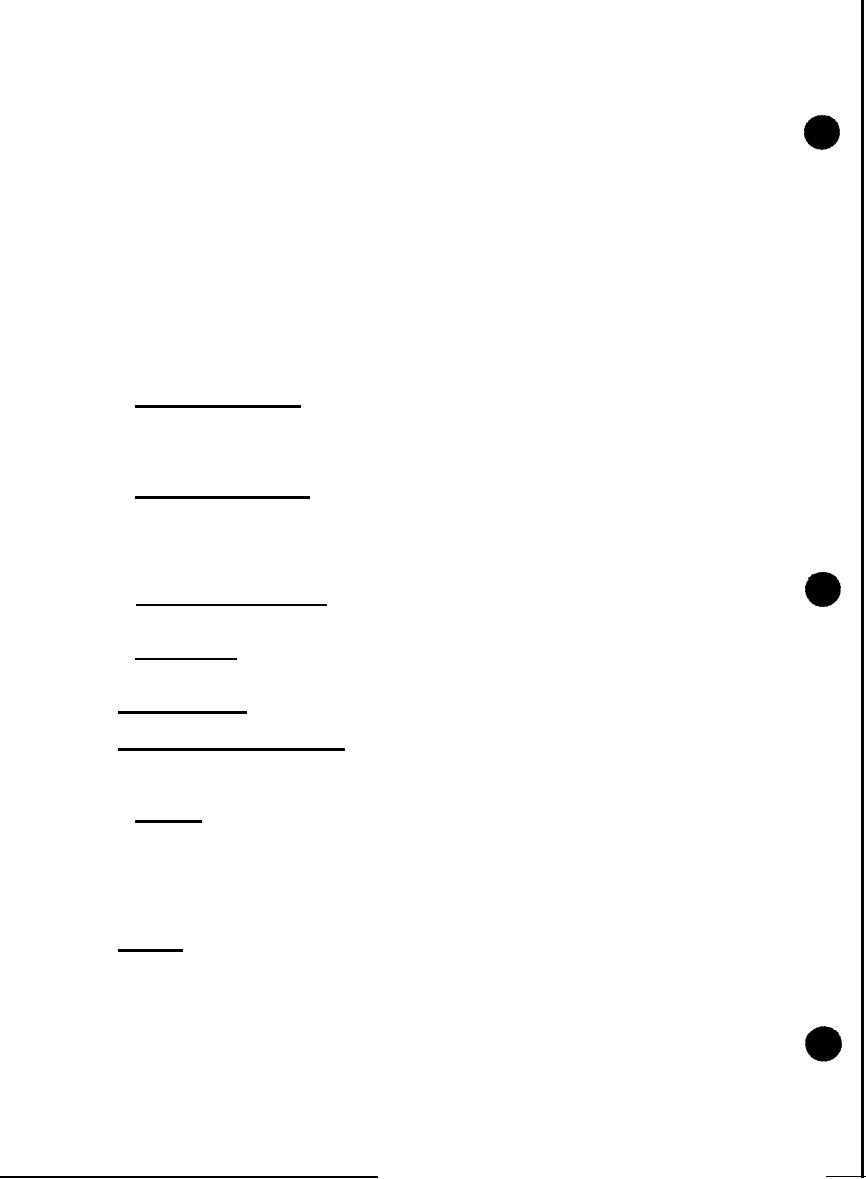 |
|||
|
|
|||
| ||||||||||
|
|  MIL-D-51453A(EA)
(a) When thread breaks or bobbin run-outs occur during sewing,
the stitching shall be repaired by restarting the stitching a minimum of one
inch (1/2 inch for box X and W-W stitching) back of the end of the stitching._/
1
(b) Thread breaks, or two or more consecutive skipped stitches or
run-offs, noted during inspection of the item (in-process or end item) shall be
repaired by overstitching. The stitching shall start a minimum of one inch in
back of the defective area (1/2 inch on box X and W-W stitching), continue over
the defective area and continue a minimum of one inch beyond the defective area
onto the existing stitching. Loose or excessively tight stitching shall be
repaired by removing the defective stitching, without damaging the materials,
and restitching in the required manner.1/
1/When making the above repairs the ends of the stitching are not required to
be backstitched.
3.7.1.2 Type 401 stitching. Thread tension shall be maintained so that
there will be no loose stitching. All repairs shall be in accordance with
3.7.1.1(a) and 3.7.1.1.1(b) except substitute 3/4 inch for one inch wherever
o n e inch appears.
3.7.1.3 Automatic stitching. Automatic machines may be used to perform any
of the required stitch patterns provided the requirements for the stitch pat-
tern, stitches per inch, size and type of thread are met, and at least three or
more tying, overlapping, or back stitches are used to secure the ends of the
stitching
3.7.1.4 Lubrication of thread. There shall be no lubrication of the thread
by any means, prior to or during sewing.
3.7.1.5 Thread ends.
All thread ends shall be trimmed to 1/4 inch maximum
length.
Location and notice marks shall not be drilled.
3.7.2 Location marks.
3.7.3
The lengths of the rivets and fasteners
Snap fasteners and rivets.
s h a l l be determined by the contractor and shall effect a secure clinch of the
assembled components.
3 . 7 . 3 . 1 S e t t i n g . The hole shall be punched before inserting the fastener or
rivet and shall be smaller than the outside diameter of the fastener barrel or
The fastener or rivet shall
rivet so that it must be forced through the hole.
b e securely clinched without cutting the surrounding material. When installed,
the clinched end shall have a uniform roll that will effect a secure hold. All
b u r r s shall be removed from the rivet.
3 . 7 . 4 R e p a i r s . R e p a i r s such as mends, darns, patches or splices are not per-
mitted on the harness.
4
|
|
Privacy Statement - Press Release - Copyright Information. - Contact Us |